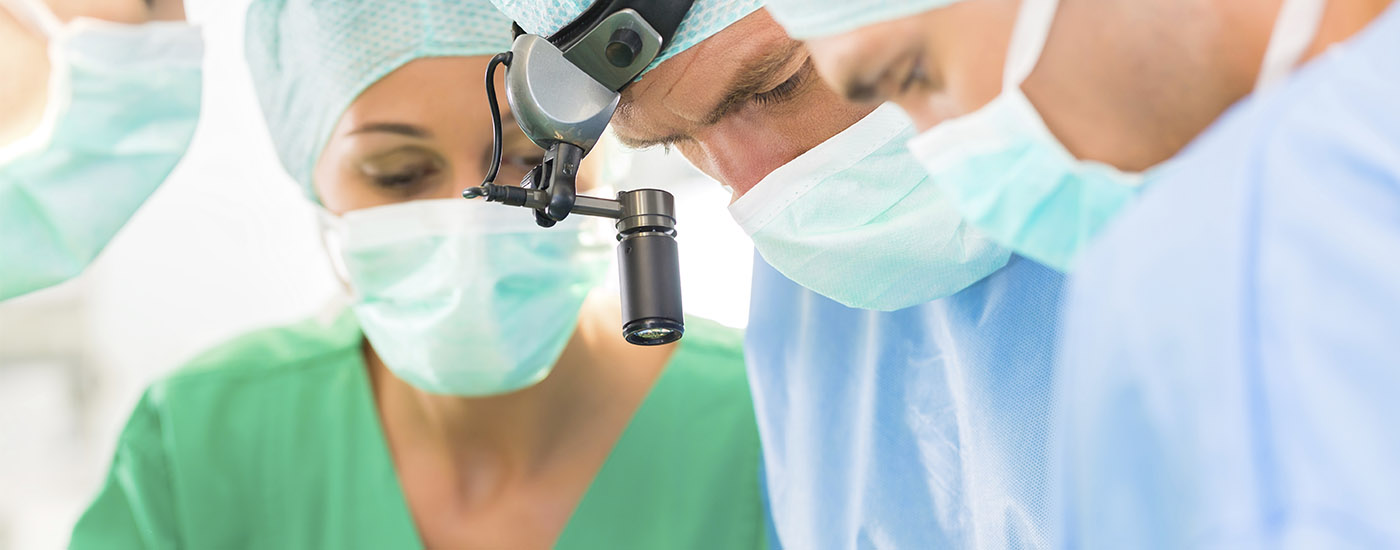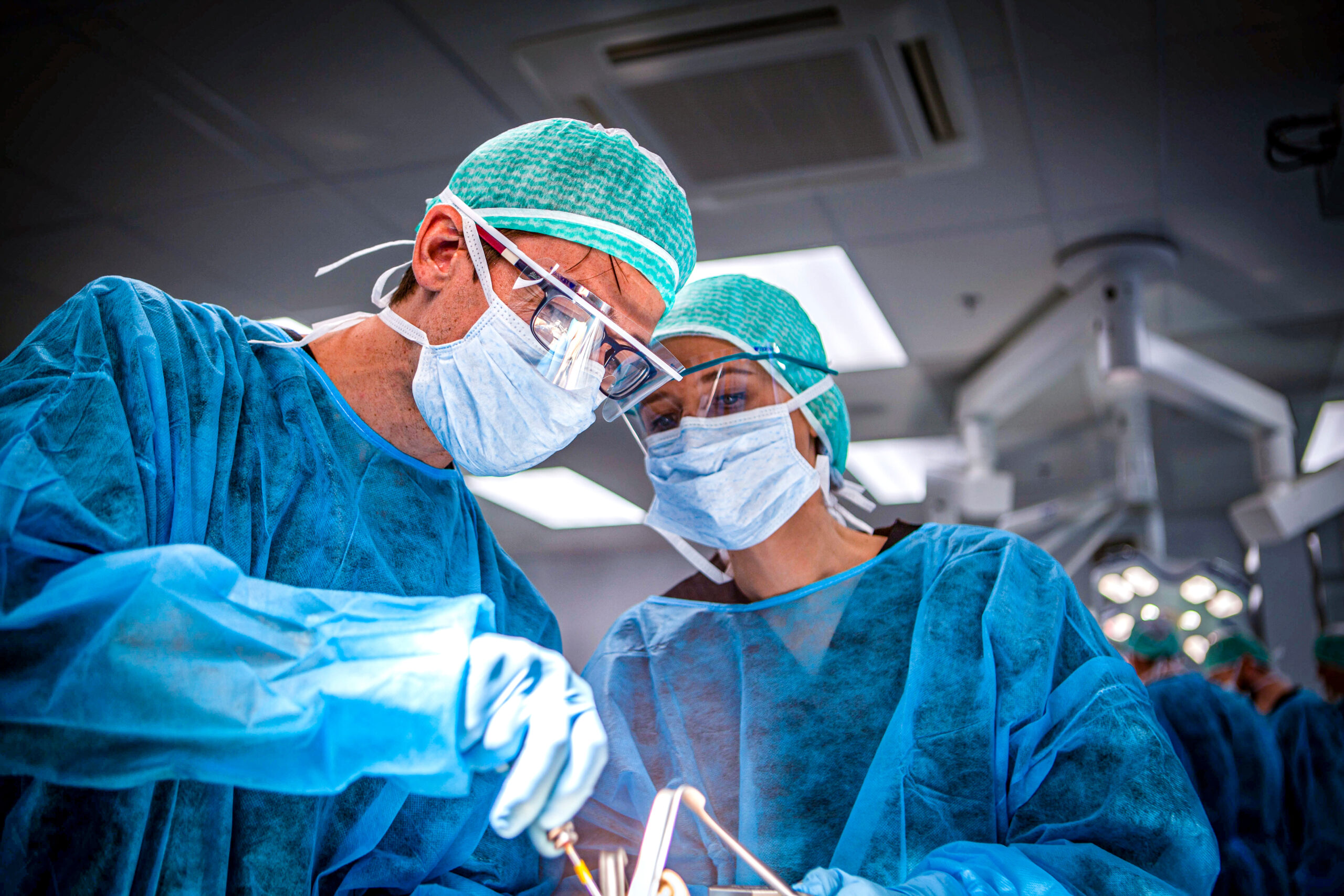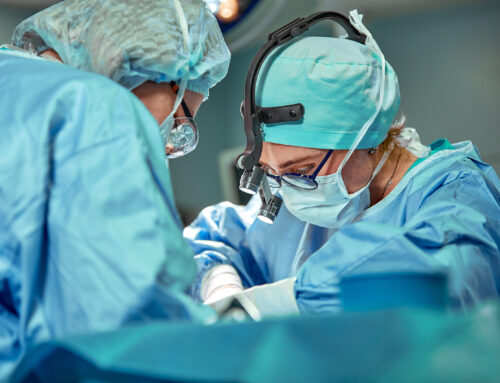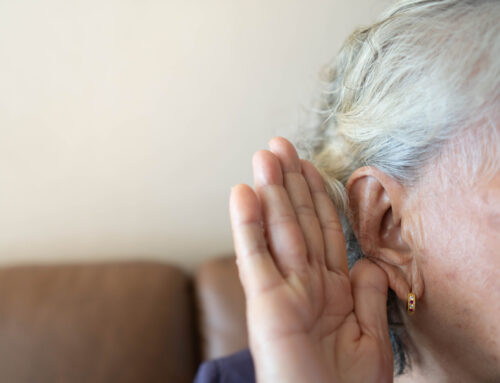What happens during cochlear implant surgery and what preparation and safety measures are necessary?
You will learn what exactly happens during a cochlear implantation, what requirements are necessary, what preparations must be made in advance and what to take care of after the surgery:

If all hearing examinations and consultations lead to the decision for a cochlear implant, the path to hearing (again) takes the following steps:
Necessary preliminary tests:
- Pre-surgery standard examination such as x-ray, blood test etc., approved by a specialist.
- A CT scan to get the “inside view” of the hearing organ and special testing of the auditory nerve function are the basic requirements for a successful implantation.
Measures before surgery:
- Avoid situations where you could easily catch a cold before the surgery
- Check the list of your medication that you may take on a regular basis with the doctor
The surgery:
After decades of further development of surgical techniques, the duration of surgery is now much shorter. Today, this surgical procedure is considered a standard surgery and takes on average one to two hours, even with simultaneous binaural care.
During implantation, the receiving coil is fixed in the skull bone behind the ear and an electrode array is inserted into the cochlea through a small opening called the round window.
After the surgery:
- As the cut is small, the wound pain will not be too severe or will not last long.
- The procedure is made near vestibular system, which is why a mild dizziness can occur in rare cases, mostly in older patients,
- After discharge, one should take care of the following:
- Possible intake of necessary medication (antibiotic, painkillers, etc.)
- No hair washing until the stitches are removed
- General rest in the first weeks after the surgery
The first fitting:
The first fitting takes place at the earliest after the stitches are removed (around ten days after the surgery), but at the latest four weeks after the surgery. The patient receives the external part of the implant, the so-called “audio processor”, which is worn behind the auricle or as a button processor (slightly above). The system can only be activated by doing this. Until this day, the ear is still deaf after the operation. The audio processor is switched on and adjusted. Audio signals can immediately be transmitted to the implant and perceived. A memorable moment for a patient and their relatives!
Mehr über Cochlea-Implantate
Find out more about the surgery (implantation) here!

You are reading:















